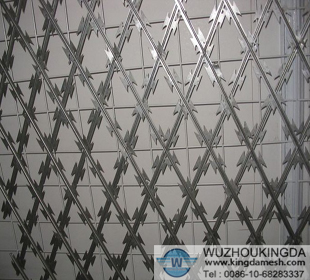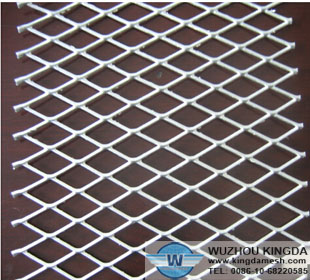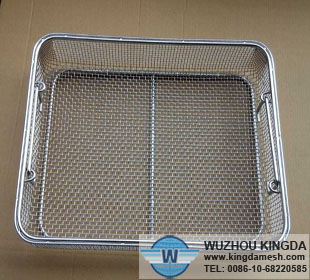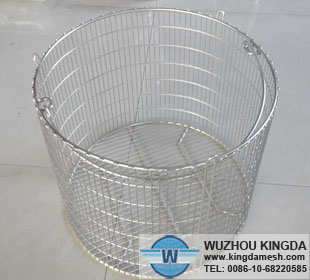Install Mesh Fencing
Wire mesh fencing can be used in a variety of applications. Whether using it around a garden to keep rabbits and other small animals out or using it as a pasture enclose for large animals such as llamas it is a versatile fence type to work with. The mesh nature of the fence also adds strength to the overall fence and is less likely to break under pressure than single wire fences.
Instructions
1
Determine the perimeter of the area to be fenced. Pound stakes into the ground every 10 feet and at each corner.
2
String a line between the stakes and check the line for straightness. If needed move a stake to straighten out the line of the fence.
Sponsored Links
3
Check with local utilities to make sure there aren’t any utility lines under the perimeter area that could be damaged by digging post holes.
4
Use a post hole digger to dig holes for posts at each of the stakes. The hole should be 1/3 the length of the post, so if the post is 6 feet long the hole should be at least 2 feet deep. The hole can be deeper if desired.
5
Prepare a wheelbarrow with four parts gravel, two parts sand and one part cement. Mix as directed on the package.
6
Place the first post in the hole and ensure that it is standing straight with a level. Add the concrete mixture around the base of the post until the hole is filled to ground level.
7
Allow the concrete to dry and the posts to set for at least 24 hours.
8
Unroll the wire mesh starting in a corner and secure to the post with fencing staples by pounding them into the post over the mesh of the fence with a hammer. Repeat this process with as many staples that are needed to secure the wire mesh to the post.
9
Unroll the wire mesh to the next post and have a helper pull the fencing tight. Pound staples into the post over the mesh and into the post with a hammer to secure the mesh into place. Repeat this process for the rest of the posts.
10
Secure the end of the wire mesh fence to the last post and cut off excess fencing with wire cutters.






